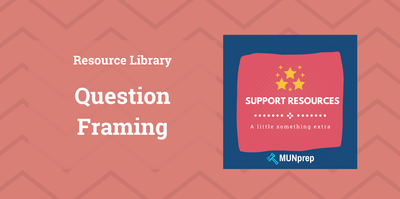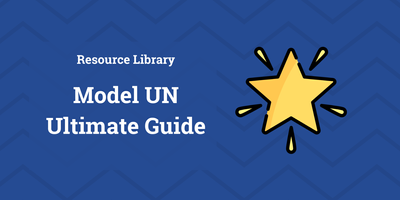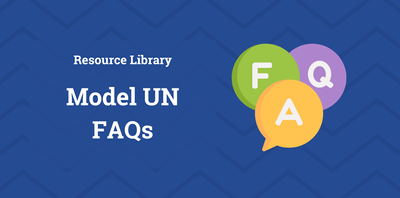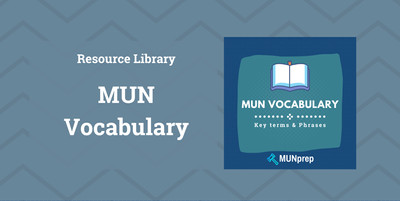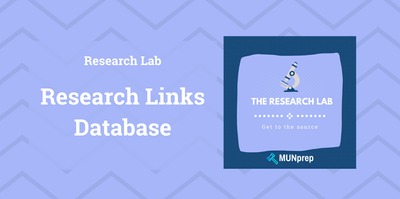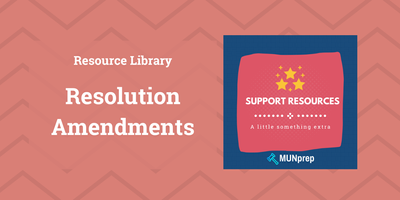Mastering the Q&A Session - Bloc Leadership and Framing
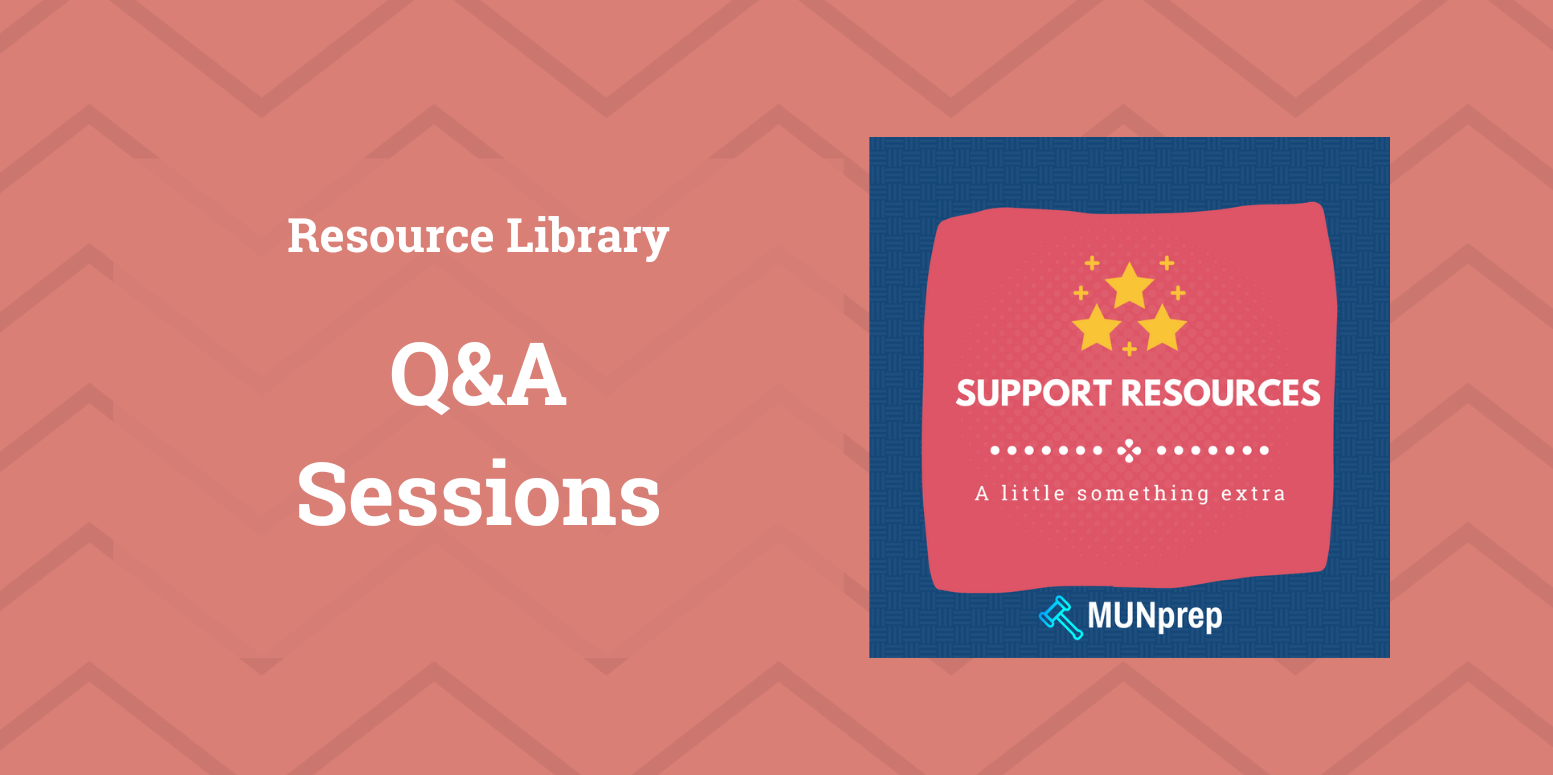
The Q&A session is where Model UN delegates present their resolutions to the rest of the committee. Here, you can truly showcase your expertise and clarify any of your positions.
Today, we're only going to be focusing on the answering of questions during a Q&A, we'll show you how the Q&A is a prime opportunity for for you to demonstrate diplomacy, critical thinking, and poise.
If you want to learn more about asking questions during a Q&A session, start here instead.
Why the Q&A Matters
In the context of Model UN, the Q&A is not just a formality. It’s a chance to strengthen alliances, uncover potential compromises, and clarify misunderstandings.
Well-crafted responses can persuade undecided delegates, encourage further debate, and drive solutions forward.
With a strong Q&A performance, you can elevate your bloc's resolution to one that is central to the committee, and set your self apart as a leader of your bloc with the greatest impact on the committee’s decisions.
Part 1: Preparing for the Q&A
Organize Your Bloc
Securing your role as a presenter during the Q&A session is incredibly important in showing who actually leads a certain bloc.
Here are the key ways to position yourself effectively:
In general, these pointers are all about being a team player. If you follow these instructions carefully, you will be one of the lucky few who are able to present your resolution.
But just remember. Every delegate understands the importance of presenting during the Q&A session, which can unfortunately lead to dividing lines within a bloc.
While it is sometimes inevitable, do your best to be honest and prepare in advance. If a delegate does not get chosen for a Q&A session but contributed significantly, make sure to credit their work during your presentation.
Prepare Your Pitch
Anticipate Questions
- Identify Weak Points: Every resolution has potential areas that might draw scrutiny.
- For example, if a delegate represents a country with a history of policies that might conflict with their current stance, they should anticipate questions about this inconsistency.
- Ask Other Blocs: Many delegates will already know their primary concerns with your resolution before you even present. Ask them what types of questions they'll ask.
Identify Your Key Points
Before stepping into a Q&A session, you should figure out your key message. As we have discussed in our guide on speech-writing, a listener will generally not remember much more than 3 ideas.
Repeatedly returning to these points, even as you answer different questions, reinforces the consistency and strength of your stance.
Here are a few ways you can build your pitch:
Part 2: During the Q&A - Taking The Lead
Answering questions well can reinforce your country’s stance, strengthen alliances, and build credibility. Effective responses are clear, confident, and rooted in your key messages.
Just remember, it's a team effort during a presentation so make sure you're letting other delegates answer questions and not taking up too much of the spotlight.
Making Your Response
Listen Carefully
Repeat or Rephrase: If you’re uncertain about a question it's always best to ask for clarification to make sure you're answering the right question. Sometimes, if you don't quite have an answer and want to buy a bit of time, repeating or rephrasing it can help.
Example: “If I understand correctly, you’re asking how our proposal will address the long-term sustainability of this program. Is that correct?”
Example: "I'm not quite sure I understood your question, would you mind rephrasing, in particular your point about x"
Organize Your Response
Use the PREP Method (Point, Reason, Example, Point): This is a great structure for delivering clear and persuasive answers. Start by stating your position, provide a reason for it, support it with an example or data, and then briefly restate the main point.
Example: “Our country supports renewable energy investments. This is because they’re both environmentally and economically sustainable. For instance, the International Renewable Energy Agency found that renewables created over 11 million jobs worldwide. Therefore, investing in renewables will not only reduce emissions but also boost global employment.”
Point to specific parts of your working paper: This highlights the actual benefits of your resolution, when you are able to point to specific sections and describe its impact, you are more likely to secure a delegates vote.
Be Concise: Keep your answers focused on the main points and avoid rambling. Answering questions concisely ensures that your response is memorable and leaves a strong impression. Additionally, short responses allow more questions to be answered and reduce confusion.
Handling Multiple Answers
When you're presenting, you'll have 2-4 other bloc members up there with you. It is likely that they'll all have something they'd like to add. When approaching these situations, there are some times where its best to answer first, and other times when its useful to add something at the very end.
- Step in First - Instead of interrupting teammates (which can come across as rude), use quick “interjections” (e.g., “So…” or “Right…”) immediately after the question ends to claim the floor politely.
- After you've given your response, it can sometimes be appropriate to hand the question off to the co-sponsor who wrote the relevant clause. This makes you look both knowledgeable and collaborative.
- Follow Up Last - If you don't want to take on a question or feel like you have something useful to add to your teammates response, feel free to clarify a point or bring things back to your key pitch. This helps keep your presentation well organized and memorable.
Handling Difficult Questions
There are a few things you can do to diplomatically handle challenging questions. You should never shy away from these questions in fact they can show just how confident you are with your work if you approach them properly.
Example: "While that is a valid concern, what we must focus on is the long-term impact. Our country believes that by investing in education, we can create a generation that is better equipped to tackle such issues."
Example: “That’s an excellent question, and I don’t have specific data on that right now. However, I can say that our approach considers several factors that contribute to the overall sustainability of this project.”
Example: “While I understand your country’s perspective on this, we may have to agree to disagree. However, I think we can all agree that the priority is reducing emissions, and I’m open to discussing alternative methods.”
Example: “At the end of the day, we’re all here to find a solution that promotes economic growth and sustainability. I believe we can find middle ground that satisfies both objectives.”
In general, answering questions effectively is about balancing honesty, clarity, and composure. By staying calm, organized, and on-message, delegates can navigate even the most challenging questions with ease and confidence.
Ending Your Presentation
Ending the Q&A with a concise summary of your position reinforces your main points. This can help remind delegates of your stance and leave a lasting impression.
Example: “In conclusion, our country is committed to a solution that not only addresses short-term relief but also prioritizes long-term sustainability. We look forward to collaborating with other nations to achieve this goal.”
At the end of the day, your overall goal should be to leave a positive impression - even if some delegates disagree, the goal is to make sure they still want to work with you.
Whether you’re thanking delegates for their questions, reiterating your commitment to the issue, or offering a friendly nod to opposing viewpoints, wrapping up on a positive note underscores your professionalism and respect for the process.
Example: “Thank you to all the delegates for their thoughtful questions. I’m encouraged by the level of engagement on this issue, and I’m optimistic about the progress we can make together.”
By fostering a collaborative spirit and ending on a positive note, you’ll leave the Q&A session with increased credibility and potentially new allies.
Conclusion: Practice Makes Perfect
The Q&A session is a powerful opportunity to influence the direction of the debate, build credibility, and demonstrate your diplomacy. With the strategies outlined in this guide—anticipating questions, asking strategically, answering with clarity, and fostering dialogue—delegates will be well-equipped to make the most of their Q&A sessions.
Remember, like any skill, mastering the Q&A takes practice, so encourage delegates to take every chance they can to hone these techniques in simulations and committee debates.
Up next, let's discuss the vote and make sure you can get things passed at the final hurdle!

